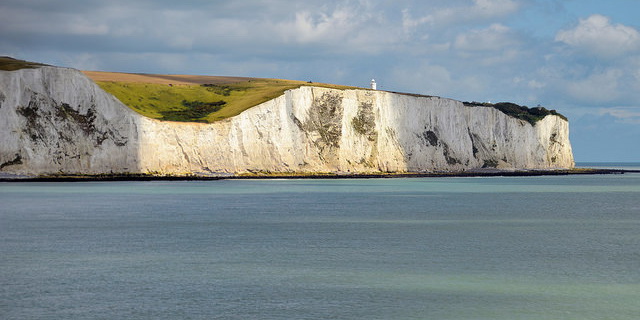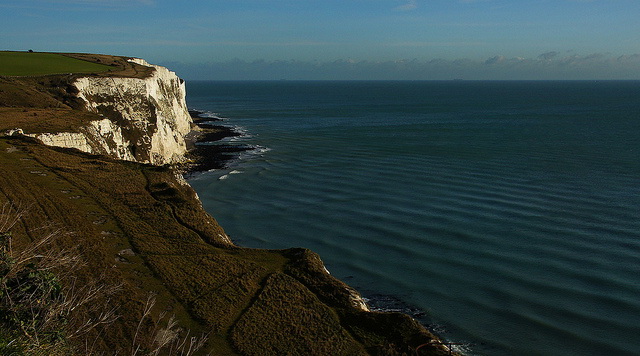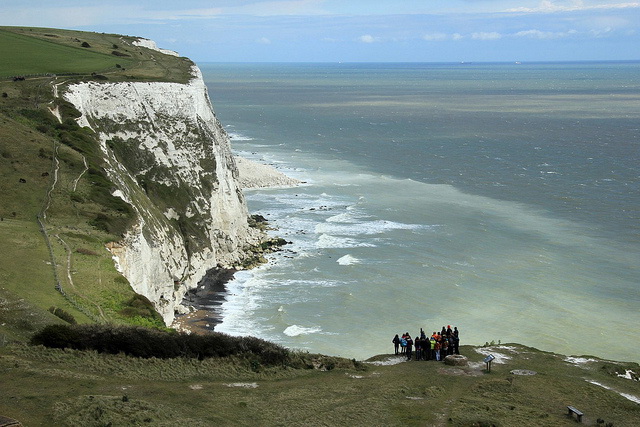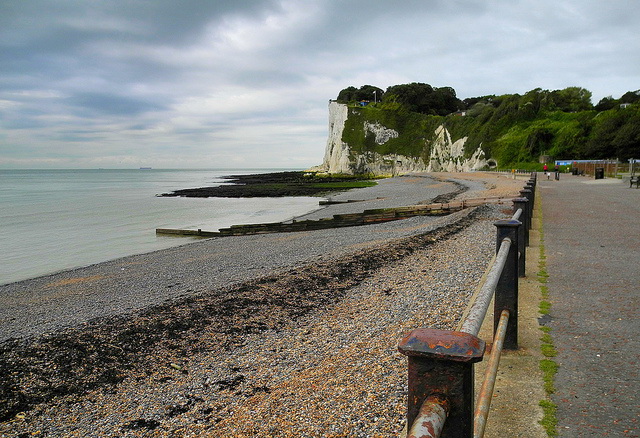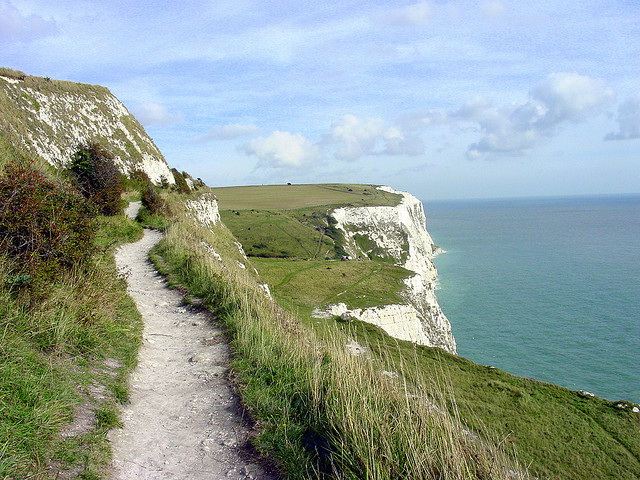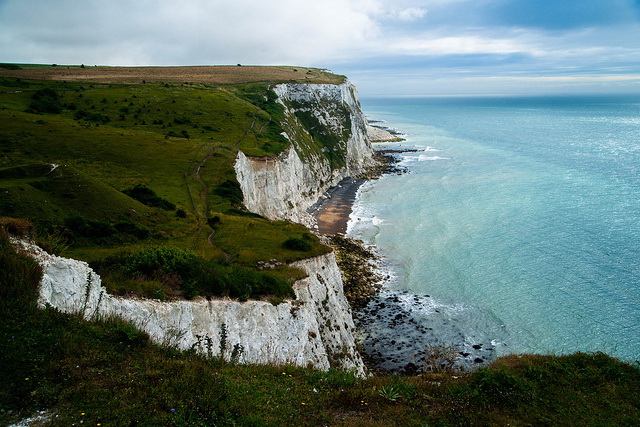Welcome To The White Cliffs Of Dover
They witnessed dramatic moments in English history like the arrival of the Romans or the return of the British forces from Dunkirk. Officially designated an Icon of Britain and recognized throughout the world, they have been seen by the nation as a sign of security, inspiration, hope and freedom for centuries. But the cliffs are not only important for the UK. They are world famous. The soft, white chalk is rare geologically; it is a very pure form of limestone. The White Cliffs of Dover are England’s most spectacular natural feature.
The cliffs were featured in many songs and poems, most notably by Dame Vera Lynn in her wartime classic “(There’ll be bluebirds over) The White Cliffs of Dover.” It was also mentioned by William Shakespeare in King Lear. White Cliffs of Dover Fauna
There is a walking festival organized by the end of August by the White Cliffs Ramblers.
White Cliffs Of Dover ErosionThe White Cliffs are in a constant danger of erosion and during the past years landfalls occurred. Every year the cliffs get narrower by about 1cm. In 2001 and 2012 large chunks of the cliff collapsed into the Channel. Visitors are advised to not stand close to the cliff’s edge.
|
|
|
| © WhiteCliffsOfDover.co.uk - All Rights Reserved! - Privacy Policy |
